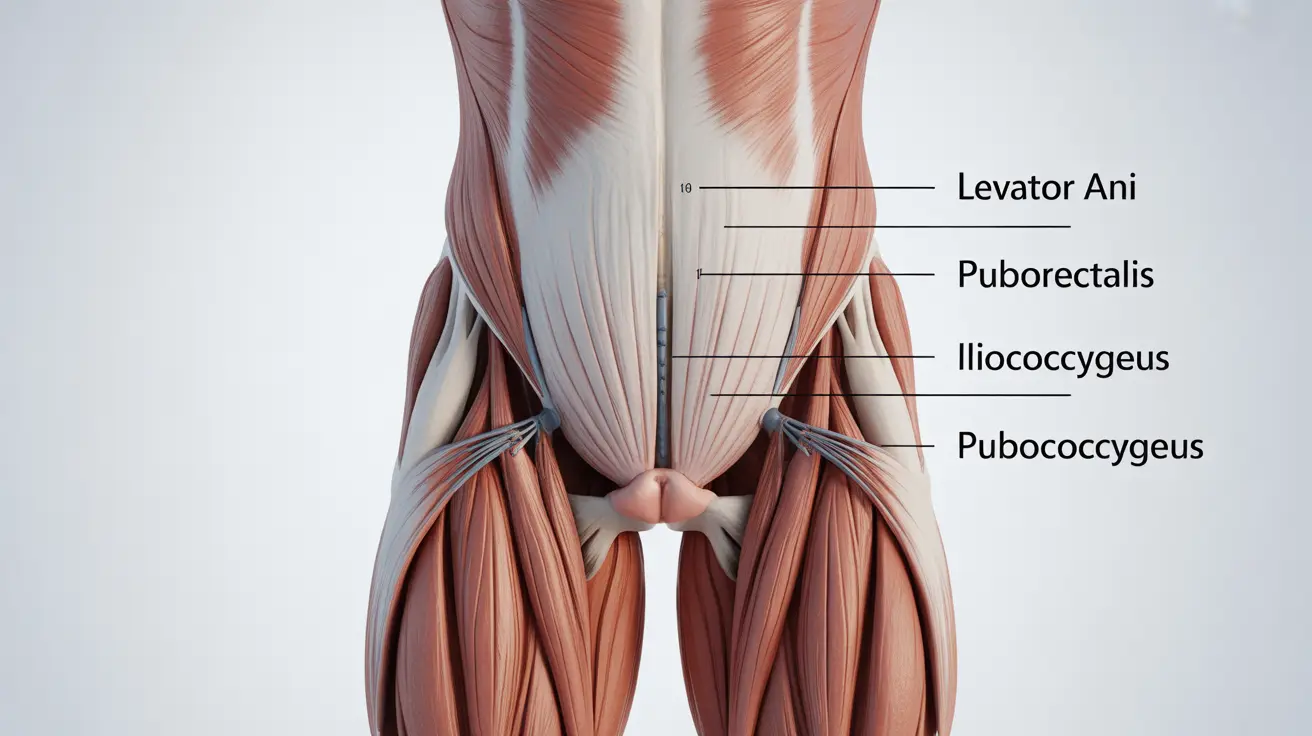Levator ani syndrome is a chronic condition characterized by recurring pain and discomfort in the pelvic floor muscles, specifically affecting the levator ani muscle group. This condition can significantly impact daily life, causing persistent aching and pressure in the rectum and pelvic area. Understanding its symptoms, causes, and treatment options is crucial for those affected by this challenging condition.
While levator ani syndrome can affect anyone, it's more commonly diagnosed in women and typically develops between the ages of 30 and 60. The good news is that various treatment approaches and management strategies can help alleviate symptoms and improve quality of life.
Understanding Levator Ani Syndrome Symptoms
The symptoms of levator ani syndrome can vary in intensity and duration, but they typically include:
- Dull aching or pressure in the rectum
- Pain that worsens with sitting
- Discomfort that may last several hours
- Muscle spasms in the pelvic floor
- Pain that may radiate to the lower back or thighs
These symptoms often develop gradually and may come and go over time. Many people report that their symptoms are most noticeable during prolonged sitting or after physical activity.
Common Causes and Risk Factors
The exact cause of levator ani syndrome isn't always clear, but several factors may contribute to its development:
- Chronic muscle tension in the pelvic floor
- Previous pelvic surgery or trauma
- Childbirth-related injuries
- Chronic stress and anxiety
- Poor posture
- Sedentary lifestyle
Understanding these potential triggers can help in developing effective management strategies and preventing symptom flare-ups.
Diagnosis Process
Diagnosing levator ani syndrome typically involves:
- Detailed medical history review
- Physical examination including digital rectal examination
- Assessment of pelvic floor muscle tension
- Ruling out other conditions with similar symptoms
Healthcare providers may also use additional diagnostic tests to exclude other conditions that could cause similar symptoms, such as hemorrhoids or inflammatory bowel disease.
Treatment Approaches
Medical Interventions
Several medical treatments can help manage levator ani syndrome:
- Physical therapy focusing on pelvic floor exercises
- Biofeedback therapy
- Muscle relaxants
- Local anesthetic injections
- Electrical stimulation therapy
Self-Management Strategies
Lifestyle modifications and self-care techniques can significantly improve symptoms:
- Regular stretching exercises
- Warm sitz baths
- Stress reduction techniques
- Proper posture maintenance
- Regular physical activity
Lifestyle Modifications for Symptom Management
Making certain lifestyle changes can help reduce symptom severity and frequency:
- Using supportive cushions when sitting
- Maintaining good posture
- Staying physically active
- Managing stress through relaxation techniques
- Following a healthy diet to prevent constipation
Frequently Asked Questions
What are the common symptoms of levator ani syndrome and how can I recognize them?
Common symptoms include recurring dull aching or pressure in the rectum, pain that worsens with sitting, and discomfort that may last for hours. The pain is typically located in the pelvic floor area and may radiate to surrounding regions. Symptoms often become more noticeable during prolonged sitting or physical activity.
What causes levator ani syndrome and are there any known risk factors?
While the exact cause isn't always clear, risk factors include chronic muscle tension, previous pelvic surgery or trauma, childbirth injuries, chronic stress, and a sedentary lifestyle. Women between 30-60 years old are more commonly affected.
How is levator ani syndrome diagnosed by doctors?
Doctors diagnose levator ani syndrome through a combination of medical history review, physical examination including digital rectal examination, and assessment of pelvic floor muscle tension. They also work to rule out other conditions that may cause similar symptoms.
What treatment options are available for levator ani syndrome and which ones are most effective?
Treatment options include physical therapy, biofeedback, muscle relaxants, local anesthetic injections, and electrical stimulation therapy. Physical therapy and biofeedback are often considered first-line treatments, with many patients experiencing significant improvement through these approaches.
Are there lifestyle changes or home remedies that can help manage levator ani syndrome symptoms?
Yes, several lifestyle modifications can help manage symptoms, including regular stretching exercises, warm sitz baths, stress reduction techniques, maintaining good posture, and using supportive cushions when sitting. Regular physical activity and proper diet can also help prevent symptom flare-ups.




